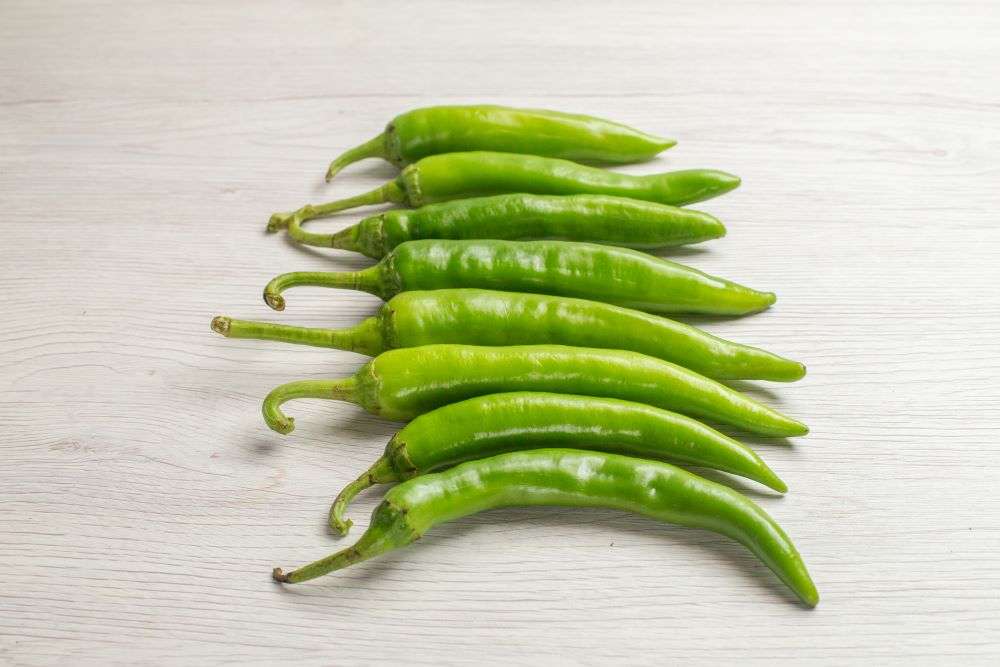India, with its vast agricultural resources, is one of the world’s largest producers of fruits, vegetables, and other perishable goods. However, despite being a global leader in agricultural production, India faces significant challenges in maintaining the quality of its exports, especially in the perishable category. One of the most critical solutions to this problem is the expansion of cold storage facilities across the country.
The Current State of Cold Storage in India
Cold storage plays a crucial role in preserving the quality of agricultural products during transport, reducing spoilage, and ensuring that produce reaches international markets in optimal condition. However, India’s current cold storage infrastructure is insufficient. According to the National Center for Cold-chain Development (NCCD), the country has a cold storage capacity of around 40 million metric tonnes, which is far below the requirements, especially when we consider India’s large agricultural output.
This gap in cold storage capacity means that a significant portion of perishable goods, such as fruits, vegetables, meat, and dairy products, end up being wasted. For instance, the Food and Agriculture Organization (FAO) estimates that nearly 30% of India’s fruits and vegetables are wasted annually due to inadequate storage facilities.
The Importance of Cold Storage for Agricultural Exports
For India’s agricultural exports to thrive, cold storage is a necessity. Exports of products like mangoes, grapes, pomegranates, and organic vegetables require consistent, temperature-controlled environments to maintain freshness and quality. Without cold storage, these products are prone to deterioration, which reduces their value in international markets.
By expanding cold storage capacity, India can improve the shelf life of its agricultural exports, ensuring that produce remains fresh when it reaches consumers in distant global markets. This leads to higher demand, better prices, and a stronger competitive position for Indian agricultural products.
Key Benefits of Increasing Cold Storage Capacity
- Reduced Post-Harvest Losses: By improving cold storage infrastructure, farmers and exporters can reduce the amount of perishable produce lost during transit. This translates to increased overall productivity and profitability.
- Improved Export Quality: Cold storage ensures that exports retain their quality, taste, and nutritional value. For example, products like fresh vegetables or fruits can last longer, leading to better acceptance in international markets, particularly in countries with stringent quality standards.
- Enhancing Food Security: Efficient cold storage can also help manage the seasonal supply of agricultural products. Excess production can be stored for lean months, ensuring a steady supply and mitigating food scarcity during off-seasons.
- Job Creation and Economic Growth: The expansion of cold storage facilities will create jobs in rural areas, which will positively impact local economies. Additionally, enhanced exports can contribute to India’s GDP growth and its status as a key player in global agriculture.

Government Initiatives and Public-Private Partnerships
The Indian government has recognized the need for increased cold storage capacity and has implemented several initiatives. Programs like the Pradhan Mantri Krishi Sinchayee Yojana and National Mission on Food Processing are focused on improving infrastructure, including cold storage, to facilitate agricultural exports.
Additionally, the government’s push for the Atmanirbhar Bharat initiative encourages public-private partnerships (PPPs) in sectors like agriculture, where private investments in cold storage can complement public efforts. Companies in the agri-business sector, like Indo Foods Export, can play a vital role in developing cold storage infrastructure to support export logistics.
Challenges to Expanding Cold Storage Infrastructure
While the potential is significant, several challenges must be addressed to increase cold storage capacity:
- High Initial Investment: Establishing cold storage facilities requires substantial capital investment, which can be a barrier, especially for small-scale farmers and exporters.
- Energy Consumption: Cold storage is energy-intensive, and the cost of maintaining temperature-controlled environments can be high. Efficient energy solutions, such as renewable energy-powered cold storage, could mitigate this issue.
- Geographical Disparities: The cold storage infrastructure in India is unevenly distributed. Rural areas, where a large portion of agriculture takes place, often lack adequate storage facilities, while urban regions tend to have better access.
- Technological Upgrades: The existing cold storage systems often lack the modern technologies that can ensure better monitoring and preservation of agricultural products. Investments in newer technologies like IoT-enabled cold chains can improve efficiency and tracking.
The Path Forward
To unlock the full potential of India’s agricultural exports, the expansion of cold storage capacity is essential. The government, industry players, and agricultural experts must collaborate to address the challenges and build an efficient cold chain network. With a focus on investment, innovation, and infrastructure development, India can become a global leader in exporting fresh and high-quality agricultural produce.
As India takes strides towards increasing its cold storage capacity, it will not only reduce post-harvest losses but also strengthen its presence in the global marketplace. For exporters, like Indo Foods Export, this infrastructure improvement could be the key to unlocking new markets and maximizing revenue from Indian fruits and vegetables.
By creating a robust cold storage ecosystem, India can not only boost agricultural exports but also contribute to global food security, while creating sustainable economic growth for its farmers and communities.





